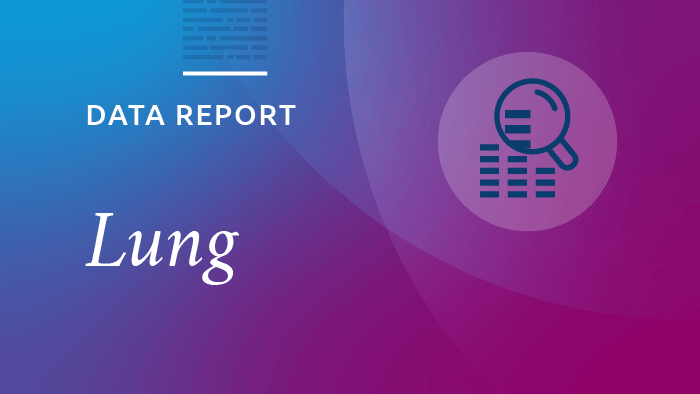A new data monitoring report evaluates key metrics six months after the implementation of the current lung allocation system that went into effect March 9, 2023.
Lung is the first organ type to adopt the flexible and patient-centric system known as continuous distribution. Under the current system, each lung candidate is assigned a single and unique score for each match run that combines multiple factors to determine priority. This policy was projected to decrease deaths among waitlisted patients and increase lung transplants for the most medically urgent candidates. Since implementation, there has been a 26.1 percent decrease (111 pre-policy era vs. 82 post-policy era) in candidates removed from the waiting list due to death or too sick to transplant.
Other key points:
- No negative impact on lung utilization (16.7 percent utilization in the pre-policy era and 17.9 percent utilization in the post-policy era1)
- Data shows that in the post-policy period, the most medically urgent patients have the shortest wait times to get transplanted compared to the rest of the candidates on the waiting list2
- Overall travel distances from the donor hospital to the transplant hospital increased in the post-policy era compared to the pre-policy era (from 195 nautical miles to 353 nautical miles). In addition, travel distances in the post-policy era are greatest for the most medically urgent candidates
The report also shows a decrease in number of transplants for blood type O recipients (646 pre-policy era to 601 post-policy era). A policy change to improve access to transplant for blood type O candidates went into effect on Sept. 27, 2023 whereas the post-policy era in the report captured data through Sept. 8, 2023. Accordingly, additional data regarding the blood type policy change will be monitored in the coming months.
The report was presented to the OPTN Lung Transplantation Committee Oct. 27, 2023. Subsequent monitoring reports will be published on the OPTN website annually for the next three years as outlined in the briefing paper. The Lung Committee will continue to monitor this policy to understand whether the changes are meeting intended goals.
1 The pre-policy era was defined as Sept. 6, 2022 – March 8, 2023 while the post-policy era was defined as March 9, – Sept. 8, 2023.
2 For lung candidates with 2.5 or more medical urgency points at their time of listing, median time waiting for a transplant was six days. For candidates with less than 2.5 medical urgency points, median time waiting for a transplant was up to 55 days.

